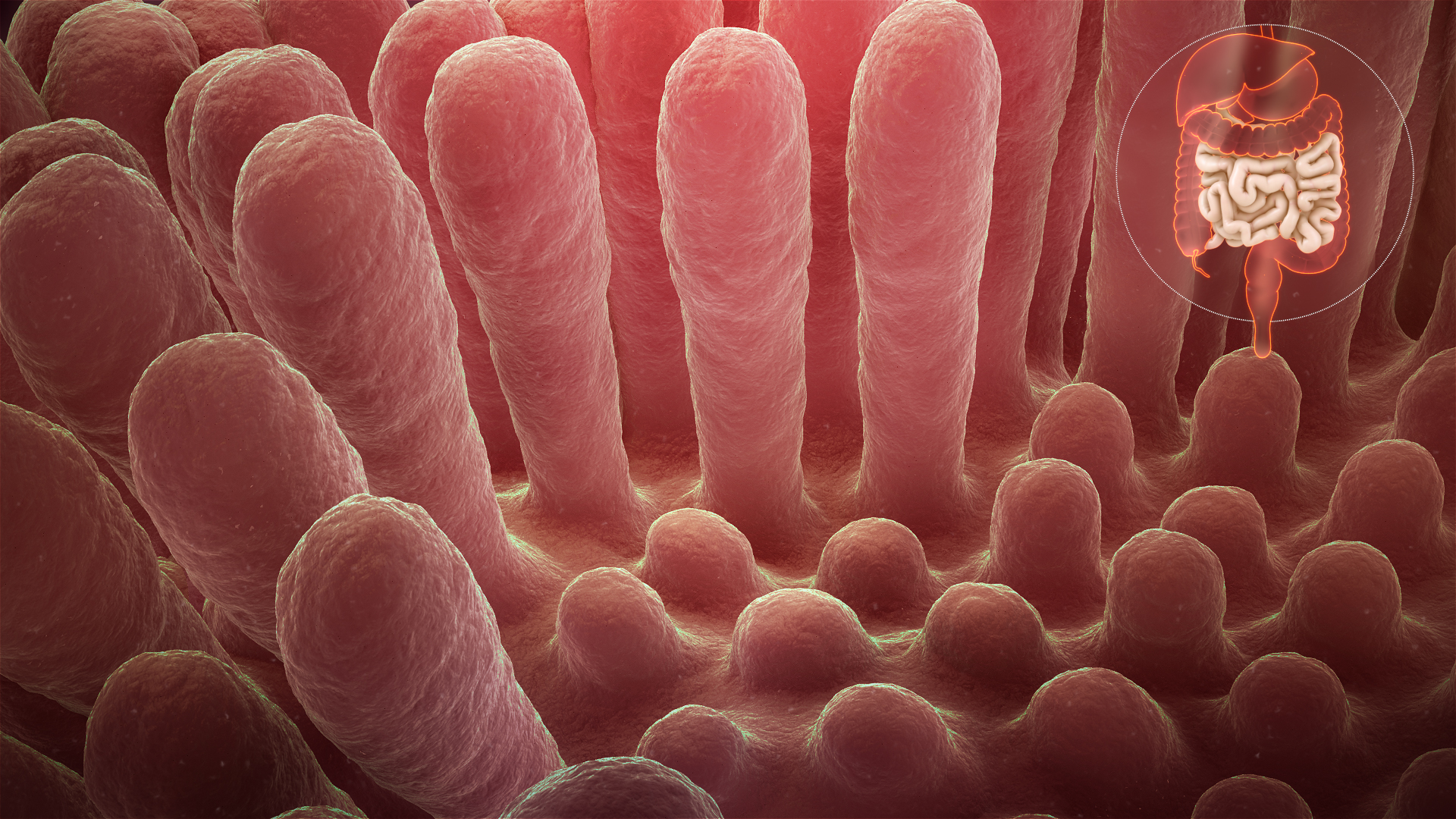What is Gluten and Gluten Sensitivity?
Gluten is a protein present in wheat, barley, and rye.
Wheat is used as a common ingredient in almost all varieties of breads, pastas, and cereal.Many people suffer from digestive health issues caused by consuming gluten or wheat. Infact, wheat is one of the top 8 food allergens in the US.
However, it is important to understand that experiencing an intolerance to gluten or wheat may or may not be an indicator of gluten sensitivity solely. Different medical conditions may be responsible: celiac disease, wheat allergy, or non-celiac gluten sensitivity.
Gluten sensitivity is not well understood, and in some individuals, it may not be clear whether other components of gluten-containing grains may be involved in causing symptoms. The symptoms seen in gluten sensitivity often resemble those associated with celiac disease, but often with a prevalence of non-gastrointestinal symptoms.
Gluten Sensitivity vs Celiac Disease
As per the Celiac Center, about 6% of the U.S. population, i.e., about 18 million people, have gluten sensitivity, and only 1% have celiac disease.

Scientists from the Center for Celiac Research and Treatment have found that gluten sensitivity triggers an intestinal response to gluten which is very different from what is experienced in celiac disease.
This could be due to the differences in genes that regulate the gut’s immune response between celiac disease and gluten sensitivity. Intestinal permeability or the ability of the mucosal layer of the digestive tract to prevent microbes, foreign proteins and undigested food from penetrating the gastrointestinal barrier is observed in high degree amongst people with celiac disease. This is also sometimes referred to as ‘leaky gut’, but studies have found that this is not the case in gluten intolerant people.
So, while diarrhea, abdominal pain, and other common symptoms may be vague indicators, gluten sensitive patients clearly do not have the intestinal inflammation, flattening of villi or long-term damage to small intestine that characterizes celiac disease.
It is, therefore, important to diagnose gluten sensitivity only after first ruling out other similar conditions like wheat allergies, celiac disease and gluten ataxia. This can be done through blood tests that can pinpoint those recognized disorders. Diagnosis should include testing for AGA antibodies in the blood (though these are not always present).
Management and Treatment
Improvement in symptoms can be achieved by following a gluten-free diet which excludes wheat, barley, rye and cross-contaminated oats. Currently, this is the only treatment for gluten intolerance.
Playing ‘Food Detective’
Gluten can be used in several ways and it is, hence, lurking in various different foods. So you're going to get used to playing food detective. Unfortunately, while food companies are required to list allergens on the label, they are not required to do this for gluten. So reading labels and checking for cross-contamination in the ingredients is a must for people with celiac disease. Keep an eye for the seasonings used in flavored nuts and chips that often contains gluten, energy bars containing oats, creamy soups (flour may be used as a thickener), candies, salad dressings, marinades and soy sauce.
No grain? No way!
It’s often an assumption that going gluten-free implies completely cutting out on grains, but fortunately, that’s not the case. There are many healthy gluten-free options: rice, millet, quinoa and buckwheat, for example. You can even find gluten-free pasta made from corn, quinoa or beans quite easily these days.

Oatmeal-Diet: Friend or Foe ?
An oatmeal diet has become a weight-loss program in itself. It is associated with lowering cholesterol1 and keeps hunger at bay for hours, preventing the dreaded “snacking between meals”. Read More..








